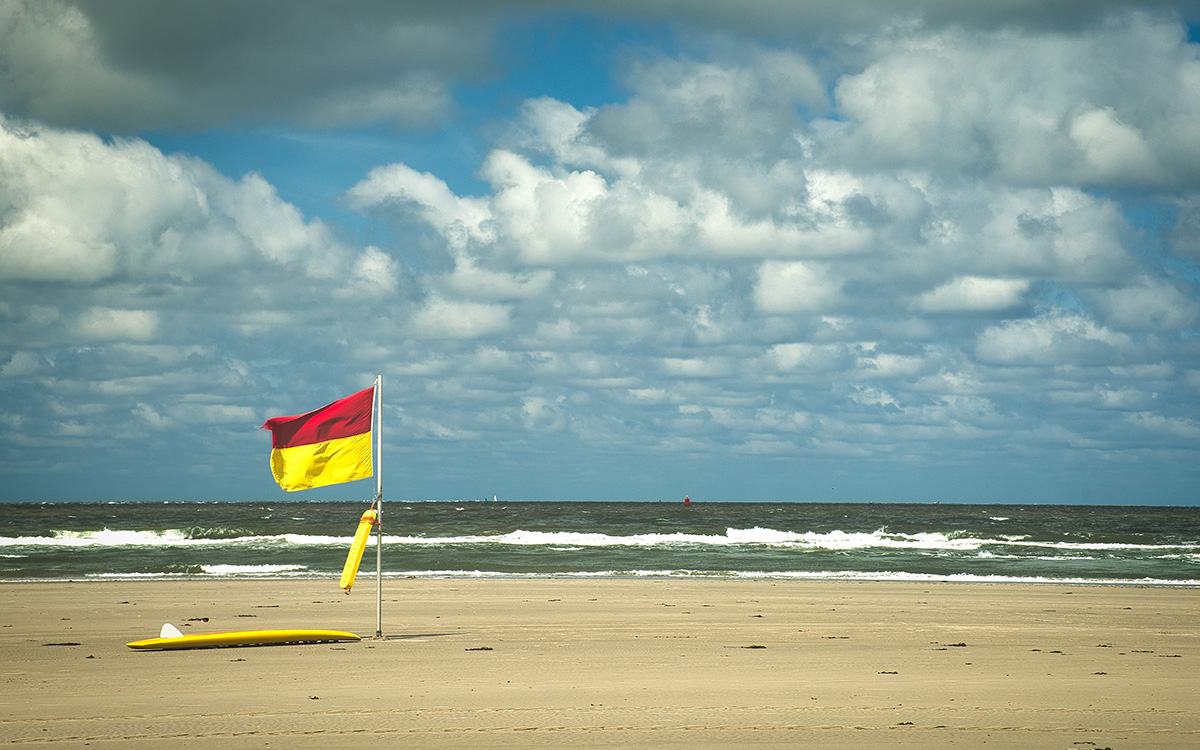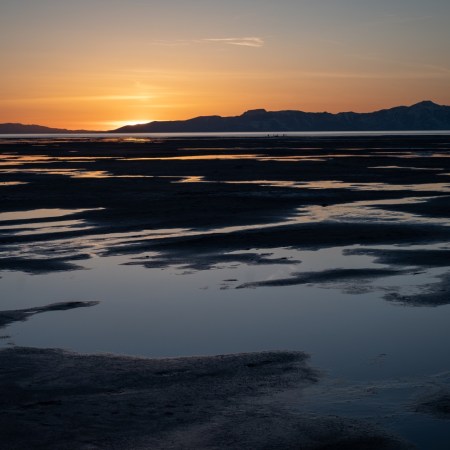In 1972, America passed the Clean Water Act. Among its many goals — protect and preserve the wetlands, reclaim and treat wastewater — the landmark legislation imagined a country of waterways safe for swimming and recreation. Nearly 50 years later, that is unfortunately not the case.
According to a recent report published by the think tanks Environment America Research & Policy Center and Frontier Group, 60 percent of 4,500 American beaches had at least one day last year where bacteria levels were so high, it wasn’t safe to swim. Moreover, 610 of those 4,500 beaches had elevated levels at least 25 percent of the time. The bacteria found in these swells? Fecal. Yeah.
It comes in the form of Enterococci and E. coli bacteria, and hails from outdated sewage systems, urban runoff and livestock operations that contribute manure runoff. When people swim, surf and boogie board in waters with high levels of bacteria, they can contract waterborne illnesses like stomach flu, pink eye, diarrhea and skin rashes. The good news is A) at most of the listed beaches this isn’t an everyday issue and B) they’re often proactive enough to offer some sort of PSA when it’s unsafe to swim (though that’s assuming they’re engaging in regular testing).
The region that performed the worst in Environment America’s report was, unsurprisingly, the Gulf Coast. An absurd 85 percent of its sites had a “contaminated day.” The East Coast had the best showing at 48 percent, while the West Coast and the Great Lakes placed in between. The best way forward, for all of America, is to apply common-sense green solutions. Think: updating the sewage systems, implementing infrastructure that mitigates runoff, limiting the growth of the industrial livestock complex. Environment America particularly suggests green roofs and permeable pavement as possible solutions. More testing can’t hurt, either. Some beaches that were deemed “safe” could conceivably have skated by due to lazy testing by local agencies.
For more information on whatever beach you frequent, head over to the EPA, which keeps a detailed database.
Editor’s Note: RealClearLife, a news and lifestyle publisher, is now a part of InsideHook. Together, we’ll be covering current events, pop culture, sports, travel, health and the world. Subscribe here for our free daily newsletter.
Thanks for reading InsideHook. Sign up for our daily newsletter and be in the know.


















